
The CE and FCC Certification for Wireless Charging Devices
As wireless charging becomes more and more popULar in mobile phones and TWS Bluetooth headsets, wireless charging technology is currently accelerating its extension to other types of terminals. In order to help related companies gain market recognition in the EU and North American markets in a relatively short period of time, this article mainly analyzes and explains the EU and US market access requirements for wireless charging devices, namely the CE certification and FCC certification requirements for wireless charging devices.
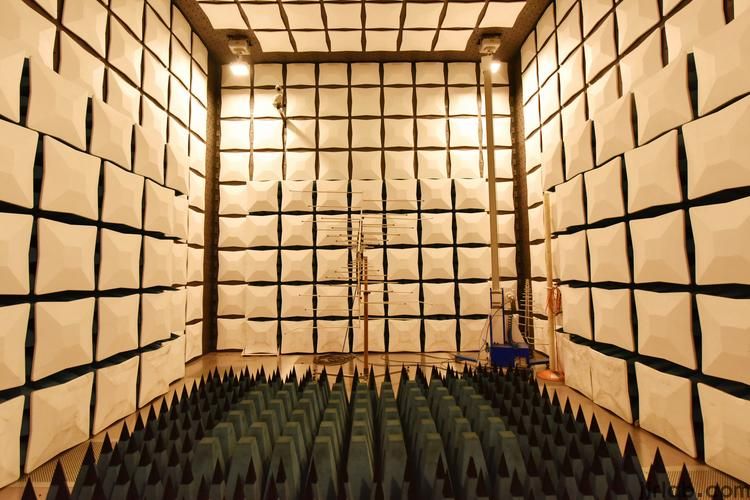
1. Brief Analysis of Wireless Charging Technology
At present, there are four basic methods of wireless charging: electromagnetic induction, magnetic resonance, electric field coupling and radio wave. The relevant technical characteristics are shown in Table 1:
Table 1 Classification and technical characteristics of wireless charging technology
type | Electromagnetic induction | Magnetic resonance | Electric field coupling | Radio wave |
Transmission power | 10W level | 1kW level | 10W level | 1W level |
Transmission distance | A few mm to a few cm | A few cm to a few m | A few mm to a few cm | More than 10m |
Use frequency band | 10kHz~1MHz | 1MHz~100MHz | 100kHz~10MHz | Medium wave ~ MICrowave |
Charging efficiency | 70%~90% | 40%~60% | 60%~90% | Very low |
advantage | Short distance charging, high efficiency | Long-distance high-power charging | Short distance charging, high efficiency, flexible location | Suitable for long-distance low-power charging |
shortcoming | Needs precise location charging, will generate heat | Low conversion efficiency, consider electromagnetic exposure | Large size, low power | Very low efficiency, low power, long charging time |
2. CE certification requirements
1. Product classification
Wireless charging devices entering the EU market can be divided into three categories according to their wireless technology and functions. The specific requirements and testing standards are shown in Table 2:
Table 2 Classification and requirements of wireless charging equipment
Wireless charging equipment category | lvd directive - Electromagnetic Exposure | RED instruction | EMC Directive | ||
Clause 3.1a | Clause 3.1b | 3.2 Terms | |||
Only energy transmission, no data communication | EN iec 62311、EN 50364、EN 62369-1 | No relevant requirements | EN 55011 and other product standards | ||
Power transmission and data communication in the same frequency band | No relevant requirements | EN IEC 62311、EN 50364、EN 62369-1 | FIND EN 301 489-1/3 | FIND EN 303 417 | No relevant requirements |
The frequencies used for energy transmission and data communication are in different frequency bands | According to regulatory requirements, it is carried out in the following two situations. (1) If the frequency bands for power transmission and data communication are specified in the current ETSI standards, they shall be carried out in accordance with the corresponding ETSI standards. (2) The energy transmission part meets the product standards such as EN 55011, and the data communication part meets the corresponding ETSI standards. | ||||
2.ETSI EN 303 417 test requirements
The frequencies allowed for wireless charging devices by ETSI EN 303 417 are shown in Table 3, and the relevant operating modes and test requirements are shown in Table 4.
Table 3 Frequencies allowed by ETSI EN 303 417
Frequency Range | Frequency band | application |
1 | 19kHz-21kHz | Wireless charging |
2 | 59kHz-61kHz | Wireless charging |
3 | 79kHz-90kHz | Wireless charging |
4 | 100kHz-119kHz | Wireless charging |
119kHz-140kHz | Wireless charging | |
140kHz-148.5kHz | Wireless charging | |
148.5kHz-300kHz | Wireless charging | |
5 | 6765kHz-6795kHz | Wireless charging |
Table 4 Wireless charging equipment required working modes and related test requirements
Mode 1: Idle Mode | Mode 2: Charge Regulation Mode | Mode 3: Data communication mode | Mode 4: Energy transfer mode | |
Test Arrangement | Single device layout | Combined equipment layout | Charging position alignment | Charging position alignment |
Function of fixed parts | emission | Transmit and receive | Transmit and receive | Transmit and receive |
Function of moving parts | not applicable | Transmit and receive | Transmit and receive | Transmit and receive |
Test scenario requirements | Emission test of fixed part/charging base | 1) Manufacturers should declare the typical operation mode of the WPT system. 2) The manufacturer shall declare the maximum communication distance D and the test shall be carried out at the maximum communication distance. 3) If the maximum communication distance is greater than 1 meter, each transmitting part should be tested separately. | All WPT system components should be tested together, and the primary coil (in fixed components) and secondary coil (in mobile devices) should be placed in the worst alignment. | |
3. FCC certification requirements
According to FCC regulations, wireless charging devices operating at frequencies greater than 9 kHz are considered to be intentional transmitters. Depending on their wireless technology and functions, they must comply with the relevant requirements of fcc part 15 or part 18. See Table 5 for details.
Table 5 Classification and requirements of wireless charging equipment
Wireless charging equipment category | FCC part 15 | FCC part 18 |
Only energy transmission, no data communication | not applicable | Be applicable |
Power transmission and data communication in the same frequency band | Be applicable | not applicable |
The frequencies used for energy transmission and data communication are in different frequency bands | Be applicable | Be applicable |
In addition, wireless charging devices must also comply with the electromagnetic exposure requirements of KDB 680106 D01 to obtain FCC authorization, as follows:
1. Wireless charging devices that meet Part 15 requirements
It is necessary to conduct an "Equipment Compliance Review" (ECR) and inquire the FCC about the minimum RF exposure test distance to ensure compliance with the evaluation method, which is mainly evaluated based on electromagnetic field measurement results. For mobile devices used away from the human body, the general test distance is 20cm, and for portable devices, the general test distance is 5mm or 0mm.
2. Wireless charging devices that meet Part 18 requirements
Wireless charging device authorization can be obtained through the Supplier Declaration of Conformity (sdoc) or certification. For devices authorized by SDoC, the responsible party must retain a copy of the test report, prove compliance according to KDB 865664 D02 and provide it to the FCC as required; device applications authorized by certification should include RF exposure assessment and comply with the requirements of KDB 447498.
Except for wireless charging devices that meet the six requirements described in Article 5.2 of KDB 680106 D01v04 (see Table 6), which do not need to obtain authorization directly from the FCC, all other situations require the consent of the FCC regardless of whether SDoC or certification authorization is used (manufacturers should use the KDB inquiry process to obtain FCC consent), otherwise the authorization will be deemed invalid.
Table 6 Six requirements described in Article 5.2 of KDB 680106 D01v04
1. | Power transmission frequency is less than 1MHz |
2. | The output power of each transmitting unit (such as coil) is less than 15W |
3. | Provide the maximum permissible load for the client device to be in physical contact with the transmitter |
4. | For use only with mobile devices compliant with FCC part 2.1091 |
5. | Demonstrate that the total magnetic field (H-field) strength is less than 50% of the applicable MPE limit at any distance of 15 cm or more around the device and at 20 cm from the surface of all coils designed to transmit simultaneously when the coils are energized simultaneously; |
6. | For systems with more than one radiating structure, that is, when the system is fully loaded (i.e., when the client absorbs the maximum available power) according to the design conditions, and all radiating structures are powered on at the same time and operating at maximum power, the conditions specified in (5) above are met. |
If you want to know more relevant information, please contact us!
Email:hello@jjrlab.com
Write your message here and send it to us
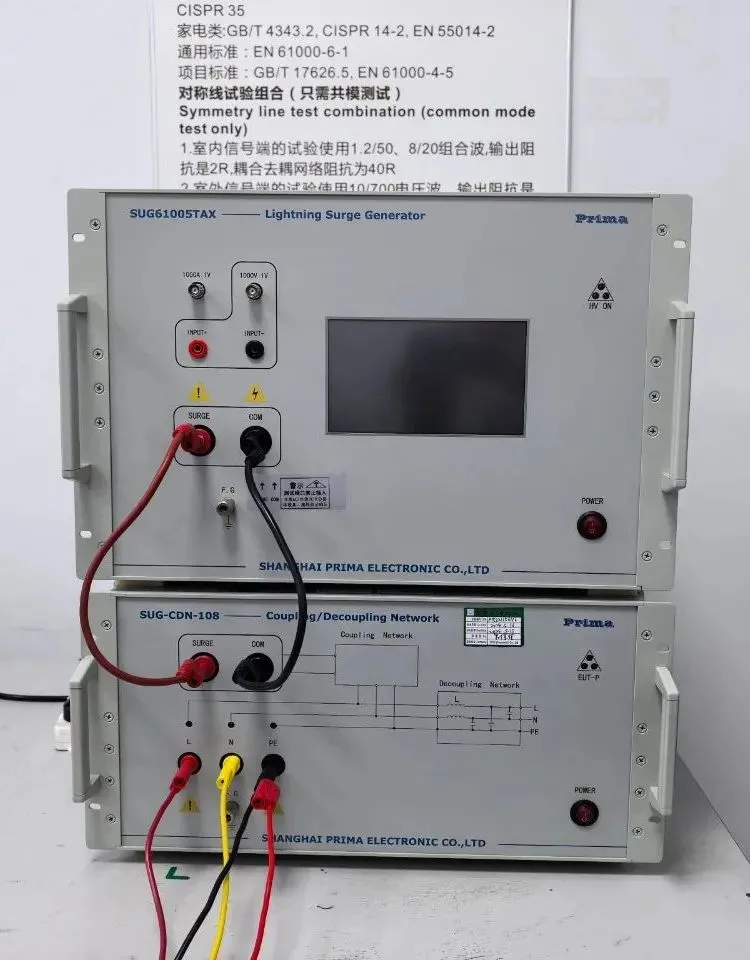 What Are the Testing Items of California Propositi
What Are the Testing Items of California Propositi
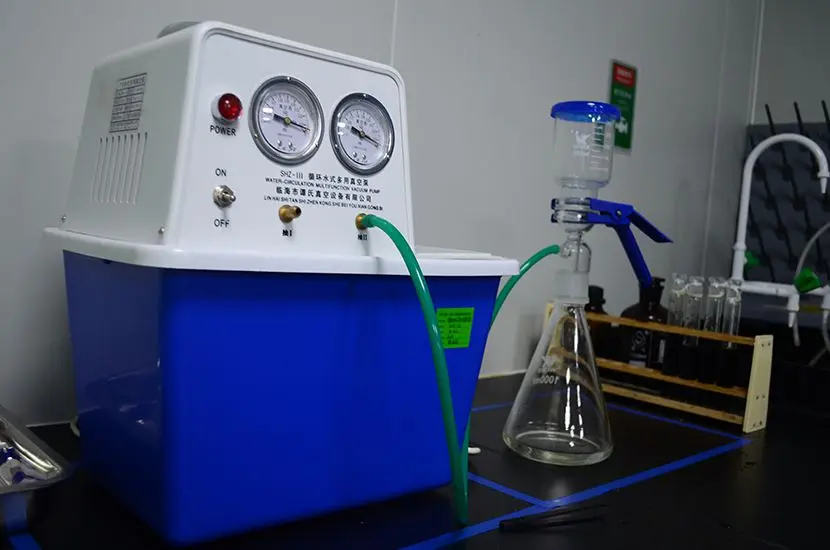 E-Cigarette EU TPD Testing
E-Cigarette EU TPD Testing
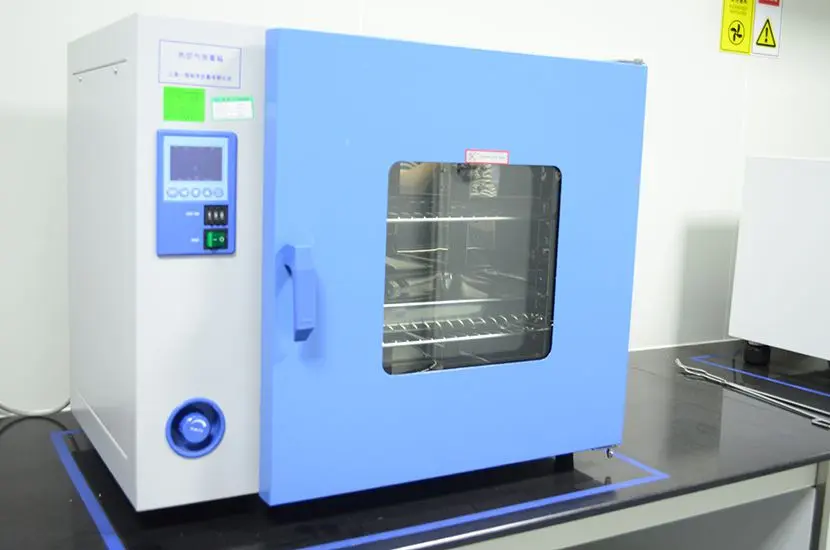 Testing Certification for E-cigarettes Exported to
Testing Certification for E-cigarettes Exported to
 What is Amazon US CPC Certification?
What is Amazon US CPC Certification?
 UK Toy Safety Regulation Standard EN 71-13
UK Toy Safety Regulation Standard EN 71-13
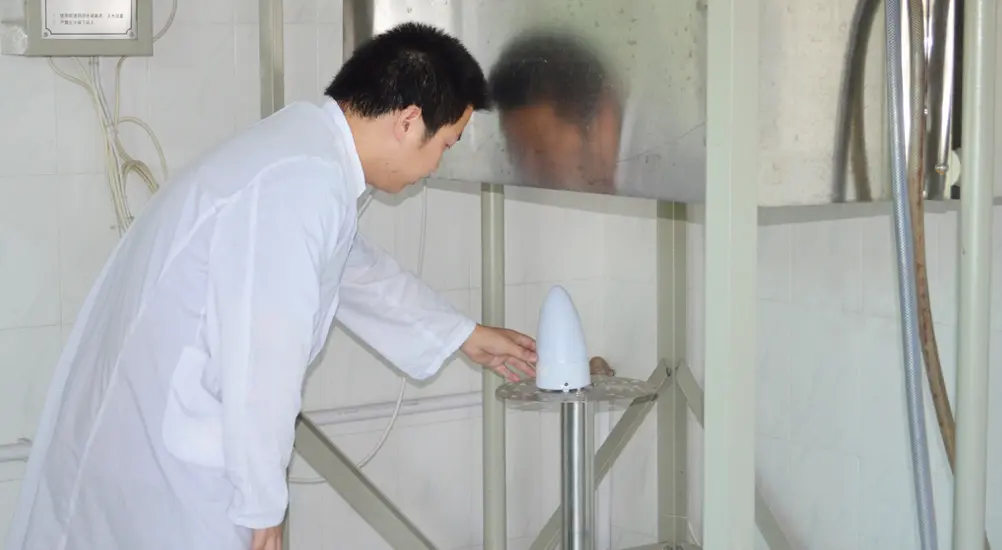 What is EU UFI Registration?
What is EU UFI Registration?
 EU UFI Registration for E-cigarette E-liquid
EU UFI Registration for E-cigarette E-liquid
 How to get the MSDS Report for Electronic Cigarett
How to get the MSDS Report for Electronic Cigarett
Leave us a message
24-hour online customer service at any time to respond, so that you worry!




